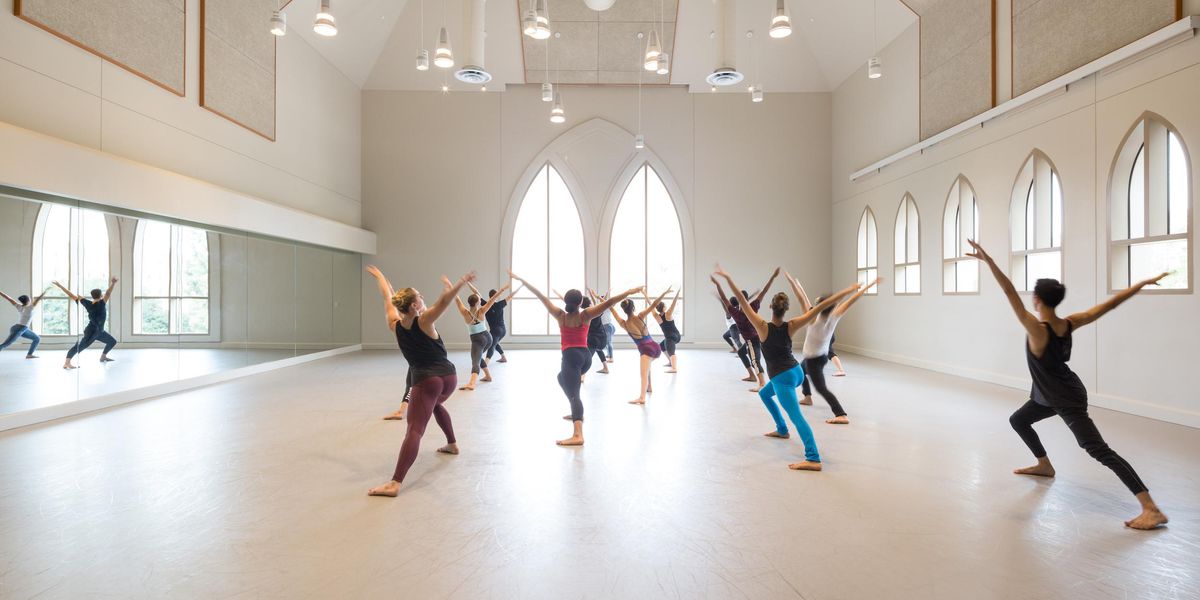Can Storytelling Save Ballet?
Joffrey Ballet in Romeo and Juliet, photo by Cheryl Mann
Ballet companies are betting big on stories next season. Several major troupes announced their 2016/17 plans recently, and I’ve noticed one major trend: It seems like we’ll be seeing more narrative work than ever before. National Ballet of Canada will present only one mixed rep program the whole season, making room for full-lengths like a new Pinocchio by Will Tuckett and John Neumeier’s A Streetcar Named Desire. English National Ballet will be perform not one, but two Giselles: a new reimagining by Akram Khan in September and Mary Skeaping’s classical version in January. Elsewhere, Romeo and Juliets and Cinderellas are popping up regularly.
This shift away from Balanchine-inspired abstraction and towards more narrative ballets seems to grow more prevalent every season. It’s an unsurprising trend, given that stories are usually a much easier sell among audiences.
NYCB in The Most Incredible Thing, photo by Paul Kolnik
But that selling point comes with major risks. This month, two of ballet’s most beloved choreographers premiered two major flops: Christopher Wheeldon’s 45-minute Strapless at The Royal Ballet was called “numbing” by Clement Crisp in the Financial Times, while Justin Peck’s 43-minute The Most Incredible Thing at New York City Ballet was deemed “a damp squib” by Alastair Macaulay in The New York Times. Ouch. Unfortunately, most other reviews didn’t get much kinder.
Natalia Osipova in Strapless, photo by Bill Cooper
It seems unfair to compare the two ballets directly, since this was Peck’s first attempt at narrative, while Wheeldon has major storytelling story successes like A Winter’s Tale and Broadway’s An American in Paris under his belt. But there’s a similar harshness in the takedowns of these two works (from both critics and audiences) that caught my attention. You don’t typically see such severe reactions to non-narrative works. Why are people so upset by these pieces?
Part of the reason seems to be that expectations are higher for story ballets—whether it’s a new story or an old one, there’s a clear idea audiences can grab onto (one that often comes with nostalgic connotations), and people want to see that showcased successfully. And since stories are often major investments (American Ballet Theatre’s new Sleeping Beauty by Alexei Ratmansky cost a reported $6 million, for example), there’s often greater marketing efforts and more buzz.
Sarah Lamb and Steven McRae in The Winter’s Tale, photo by Tristram Kenton
But not only are the stakes higher. The missteps feel less forgivable. It can be quite obvious what’s not working, and audiences feel cheated if the plot isn’t presented in a way that’s fulfilling. They want a satisfying beginning, middle and end, as well as characters they can relate to. In plotless works, viewers might not pick up on the choreographer’s intention, but they can still appreciate the movement. With stories, on the other hand, you feel lost if you don’t “get it.” A beautiful movement quality isn’t enough to make up for a weak climax. Yet few choreographers are taught skills like how to flesh out characters, convey plot twists through dance and build momentum in a storyline.
If companies are looking for new hits, they need to give their choreographers access to other artists and mentors who can teach them those tools. And they have to be willing to offer one other important resource: time. Novelists can spend years on a single book. We can’t expect choreographers to produce nuanced, in-depth stories when they’re churning out something new every three months. I know, few companies have the money to pay for generous creation periods. But if they’re betting on these ballets to become their next big hits, it’s worth doubling down on their investment to help them succeed.





